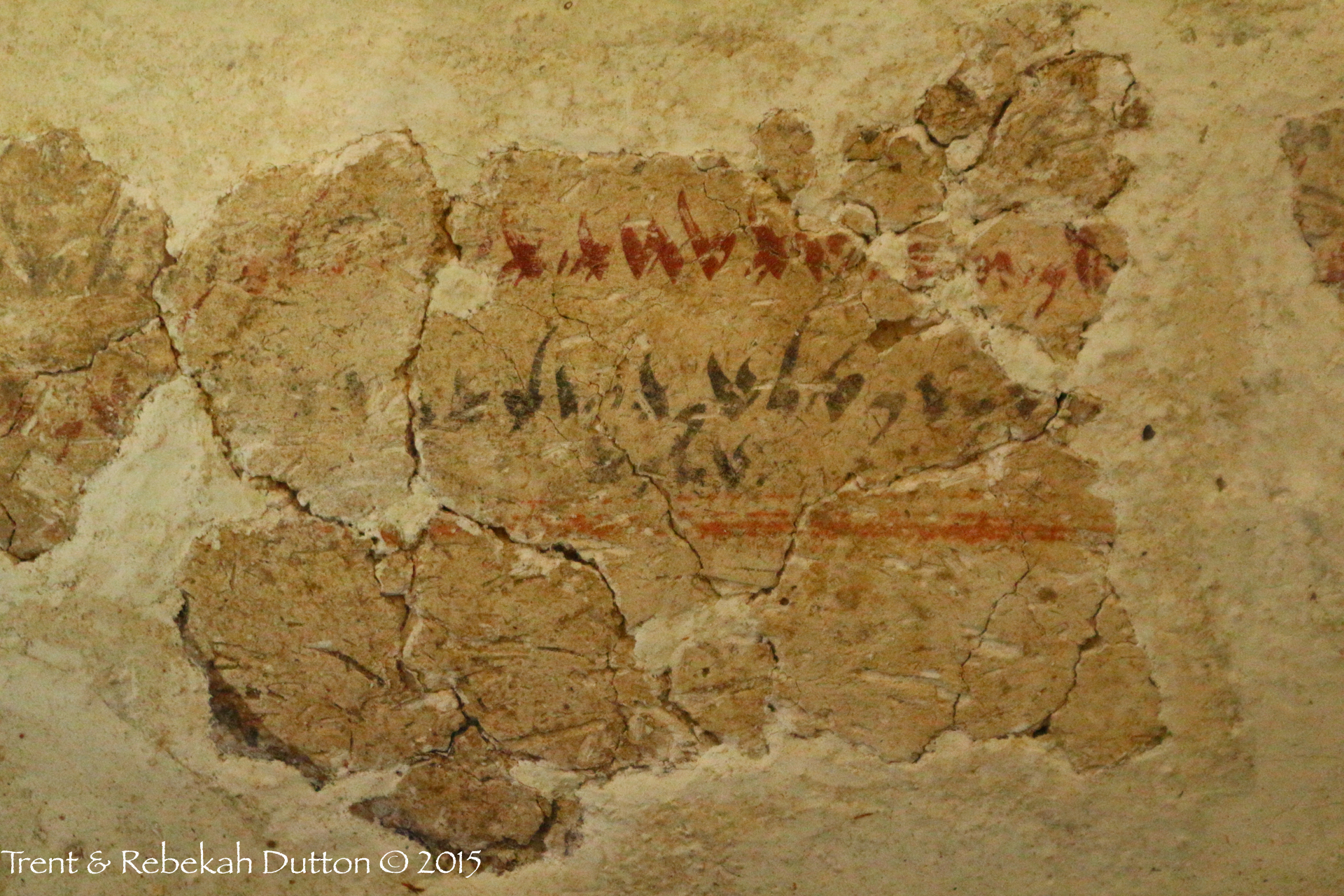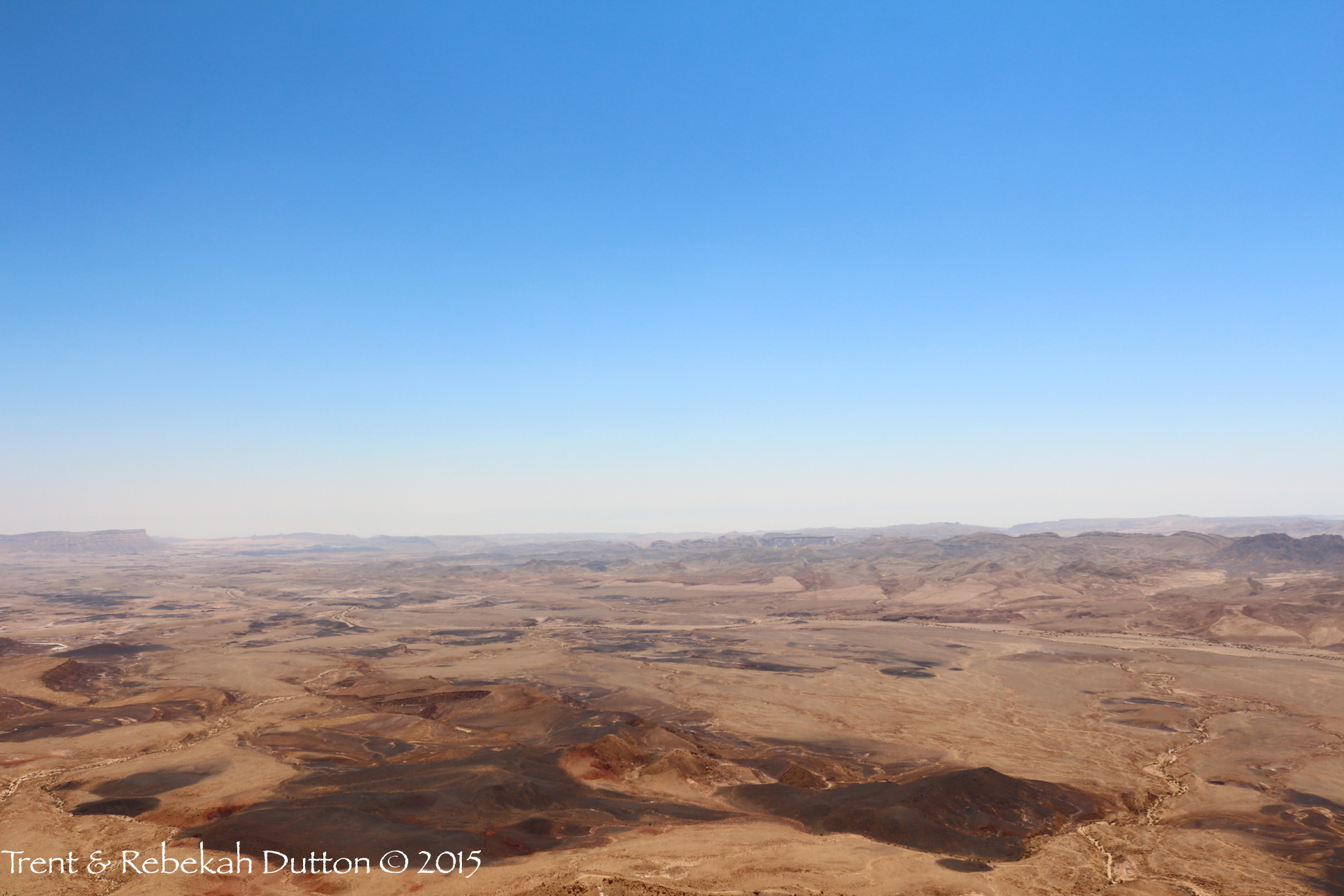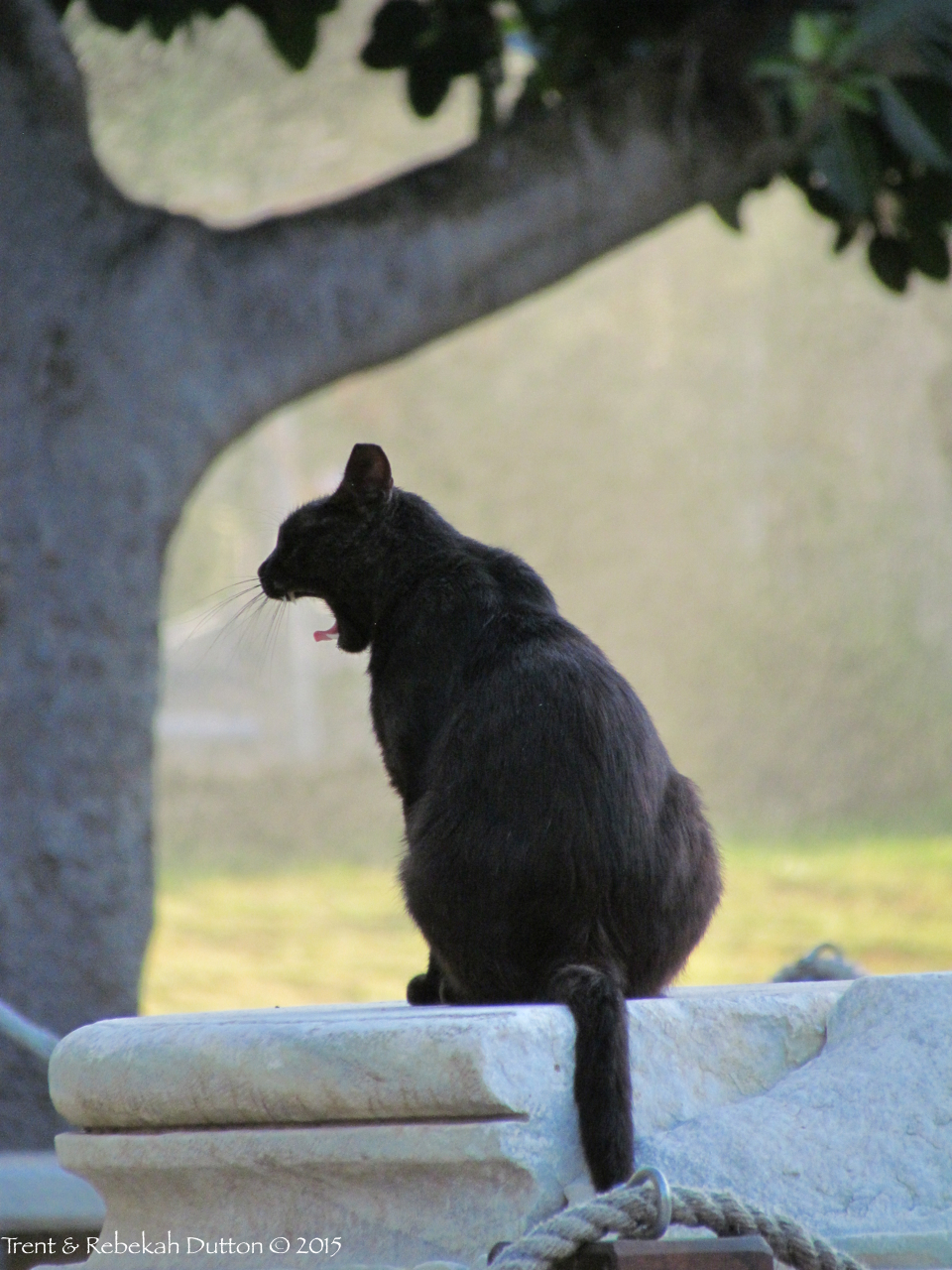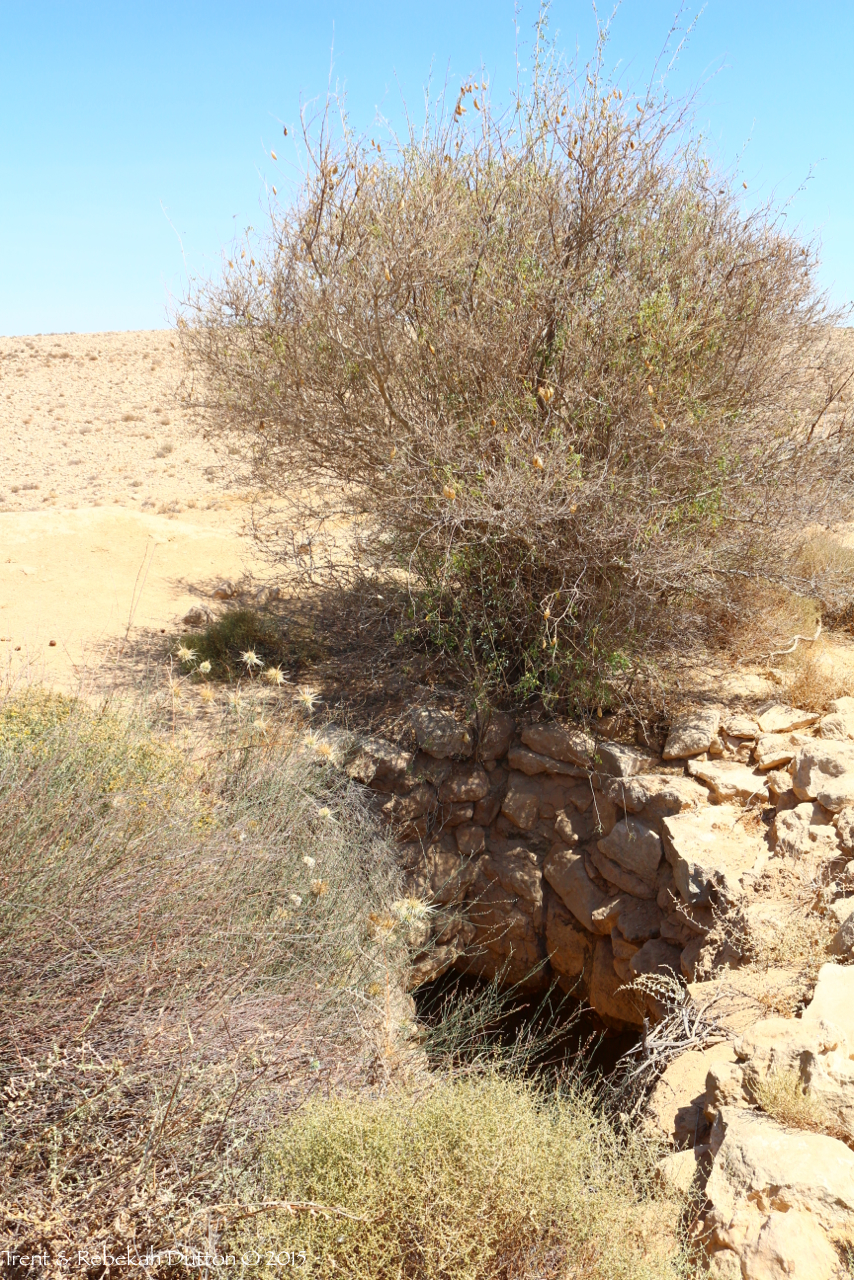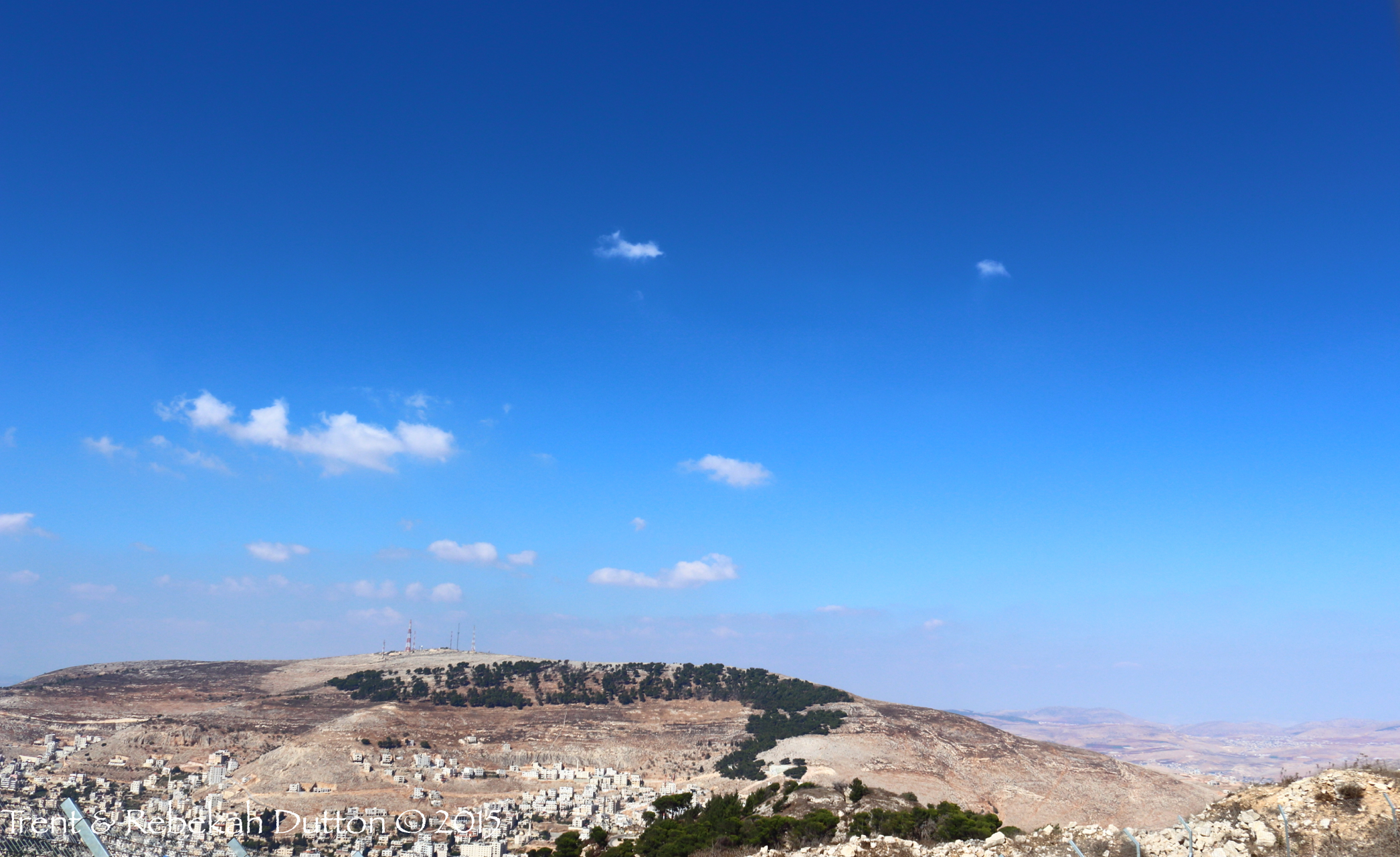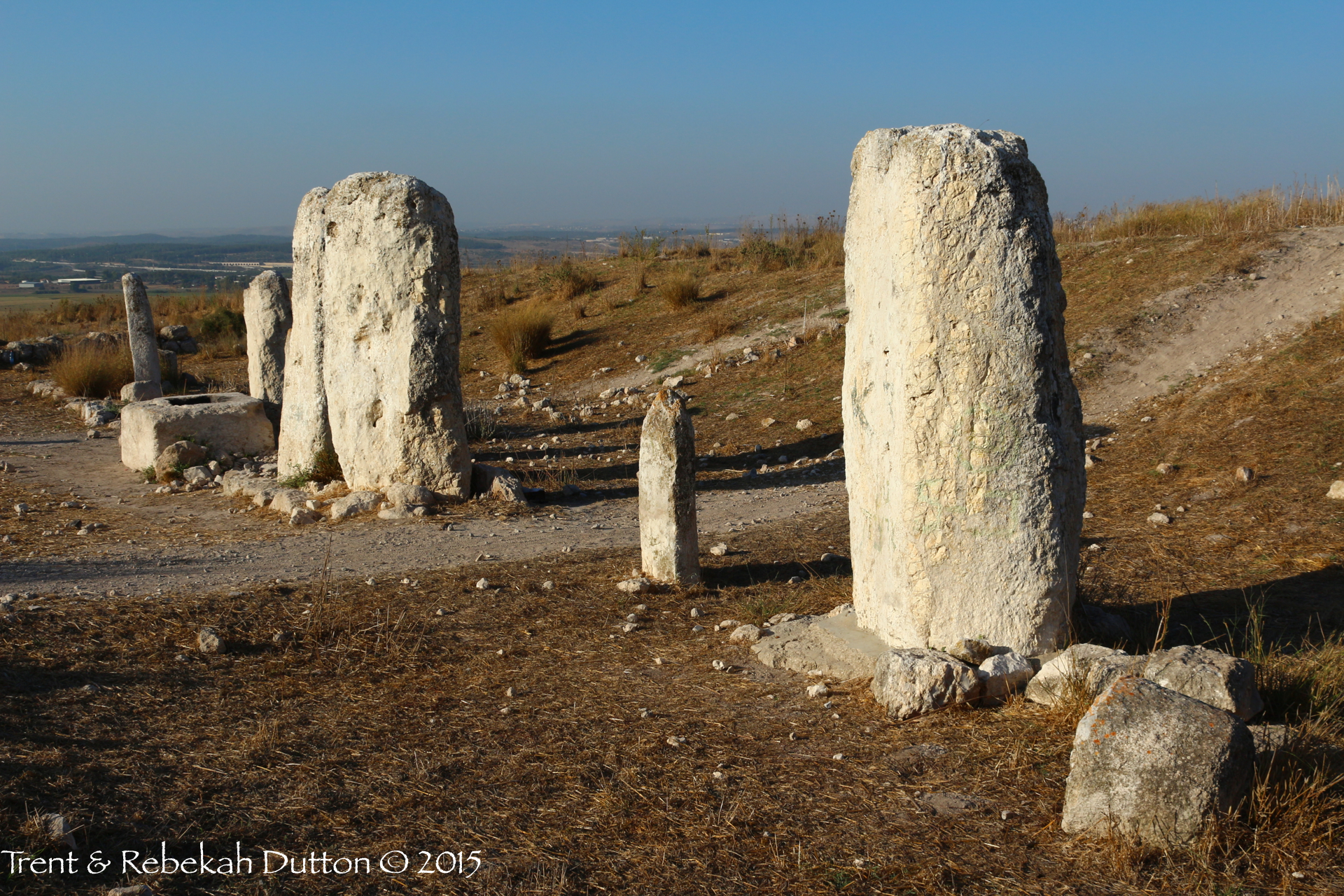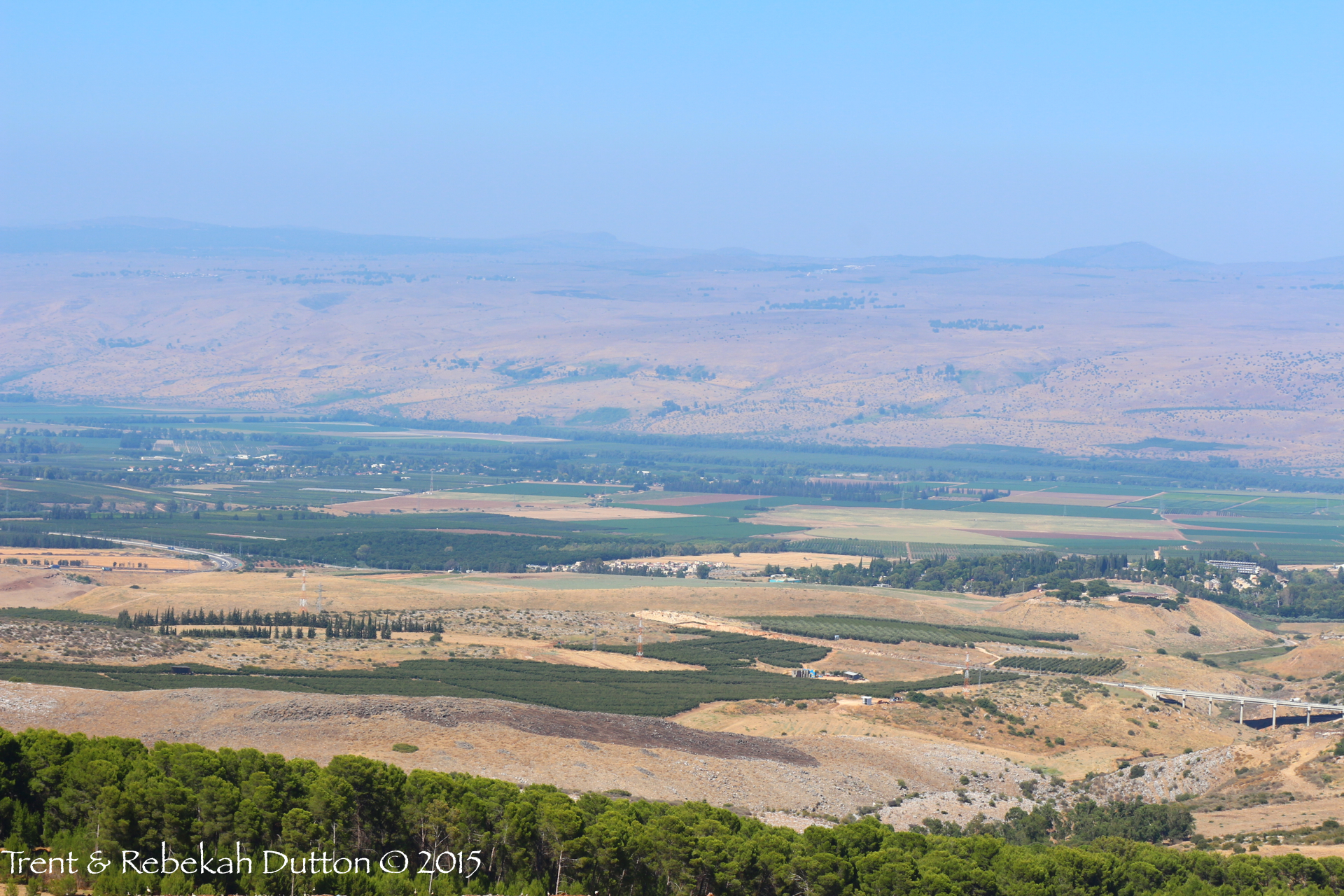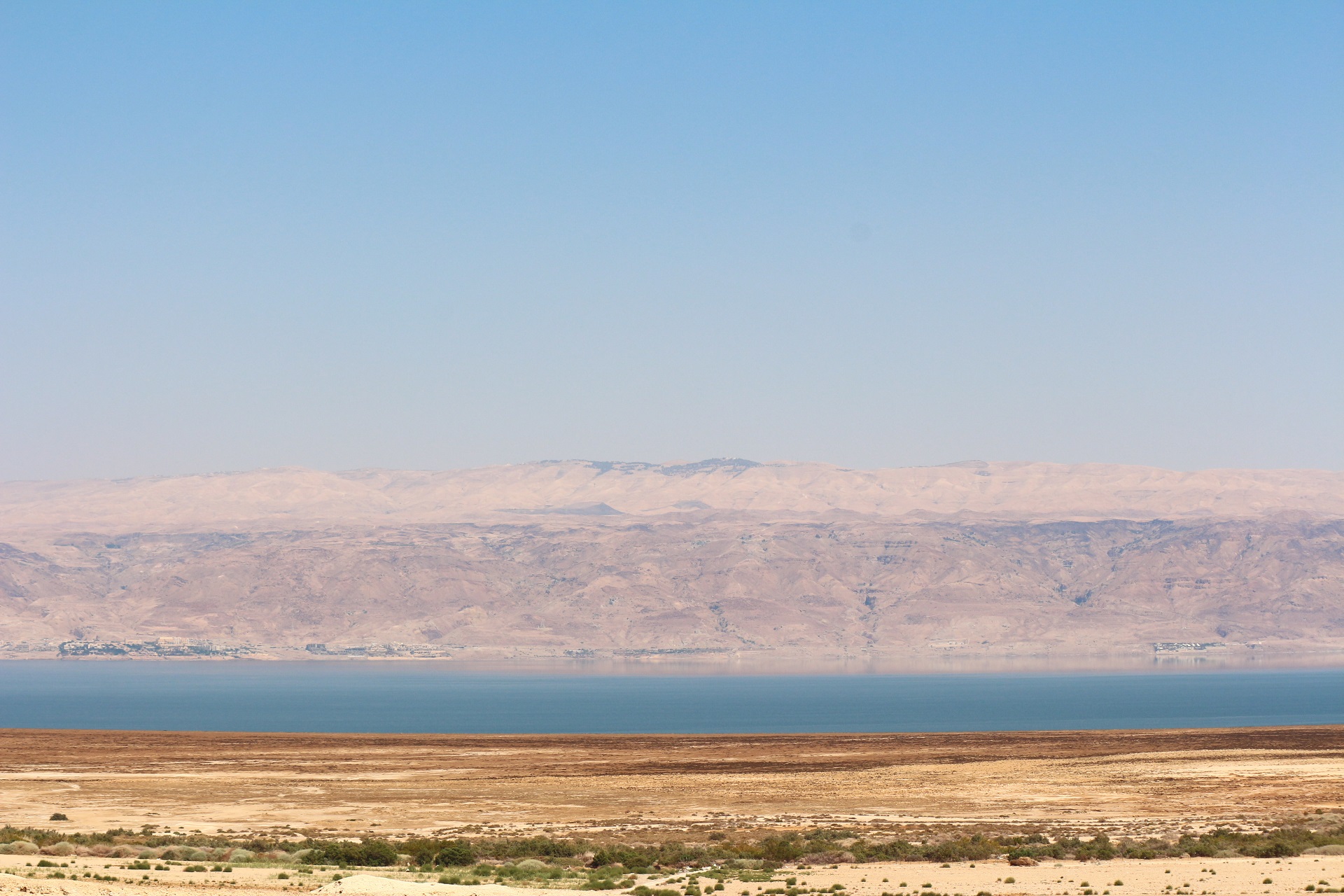 As we try to continuously bring alive the people, places, and culture of the Biblical text, the small things are not to be ignored. While people of those days are millennia away from us, and we may not fully understand their culture and ancient history, they were people, just like you and me. When a Biblical writer speaks of flowers, the message they intend to convey can be seen by us. Flowers may bring to mind James 1:9-11, and the message of fading riches. These daisies, particularly the center one with yellow and white, adorn the ancient rocks of the Athens acropolis, with the same colors now as they would have displayed in ancient times.
As we try to continuously bring alive the people, places, and culture of the Biblical text, the small things are not to be ignored. While people of those days are millennia away from us, and we may not fully understand their culture and ancient history, they were people, just like you and me. When a Biblical writer speaks of flowers, the message they intend to convey can be seen by us. Flowers may bring to mind James 1:9-11, and the message of fading riches. These daisies, particularly the center one with yellow and white, adorn the ancient rocks of the Athens acropolis, with the same colors now as they would have displayed in ancient times.
 The sunrise over the Sea of Galilee would often signal the end of a night’s work for ancient fishermen. The beauty of the breaking dawn may have been lost on a weary team of boats who had caught nothing all night. It was to just such a group that Christ told to cast their nets on the other side (Luke 5:3-5).
The sunrise over the Sea of Galilee would often signal the end of a night’s work for ancient fishermen. The beauty of the breaking dawn may have been lost on a weary team of boats who had caught nothing all night. It was to just such a group that Christ told to cast their nets on the other side (Luke 5:3-5).

